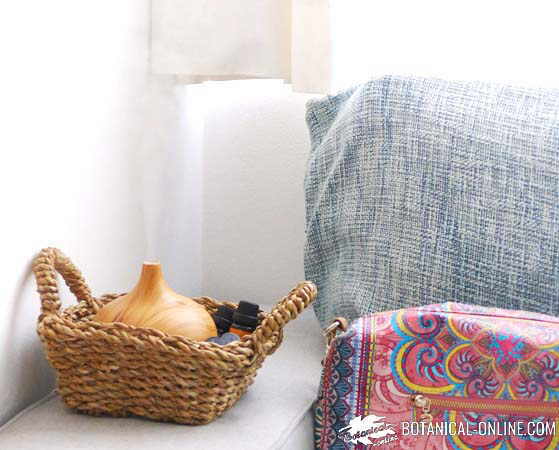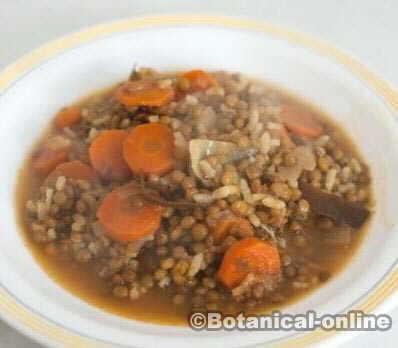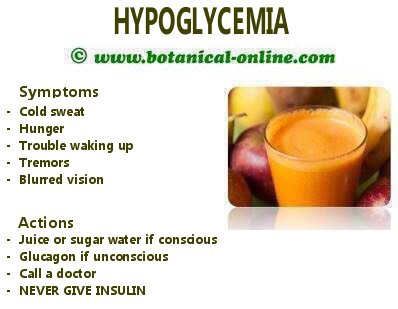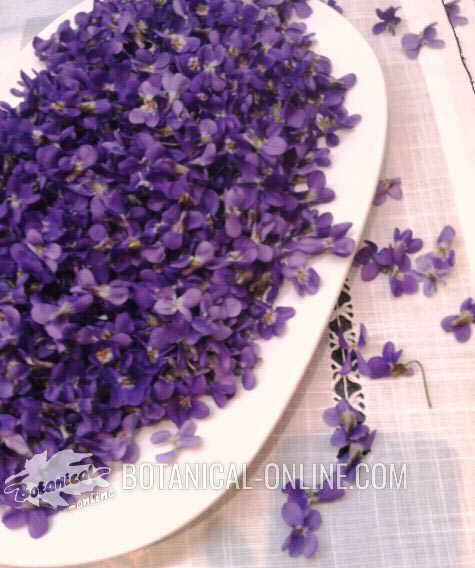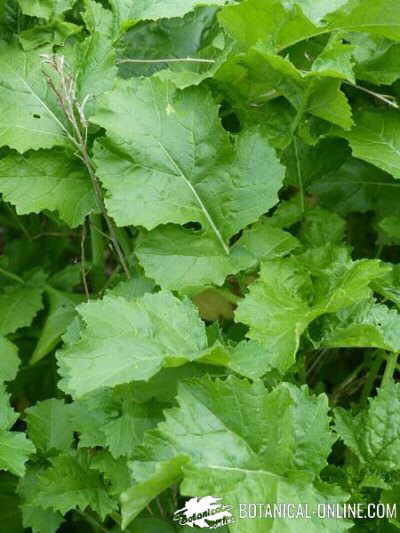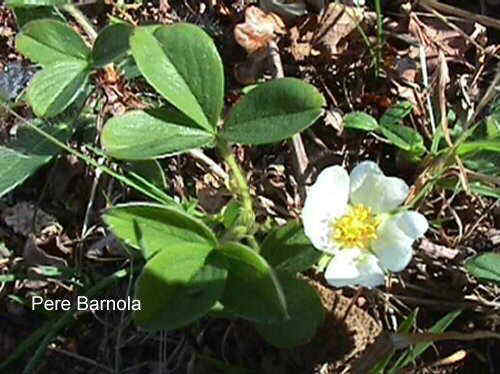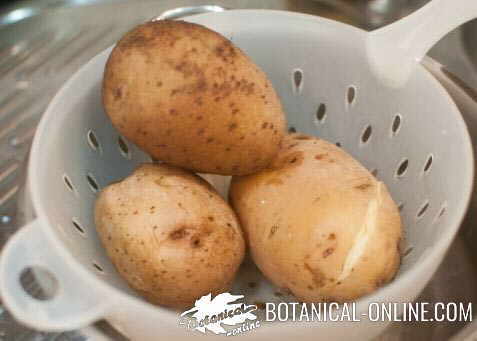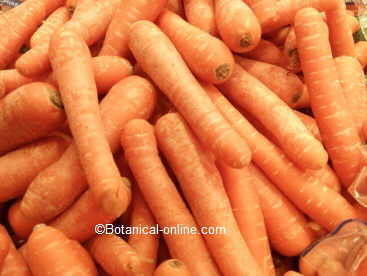Contents
How to disinfect seeds before sowing
Why should the seeds be disinfected?
It is convenient to disinfect the seeds before sowing them so that they are not attacked by the soil insects before germinating or so that they do not develop diseases once the seedling has germinated.
How are the seeds disinfected?
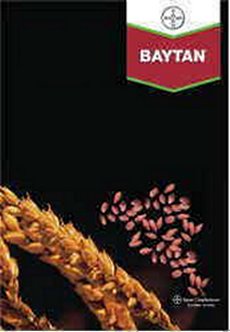
Seed disinfection can be carried out using specific phytosanitary products (fungicides or insecticides), in most cases of a chemical nature, although ecological disinfectants can also be used.
If we buy the seeds in a trustworthy nursery or garden center, the seeds are already sold disinfected.
In the case of using chemical fungicides, we must take into account the conditions of use since many of them, if not applied properly, can be harmful to health.
Main chemical products to disinfect seeds
There are a multitude of chemicals on the market that can be used to disinfect seeds. The following table provides a list of the main fungicides used to disinfect seeds, as well as their degree of danger. We have to take into account that some products are prohibited in some countries, so the competent bodies should be consulted about the convenience or possibility of their use.
![]() Very toxic product
Very toxic product
![]() Pretty toxic products
Pretty toxic products
![]() Medium toxicity product
Medium toxicity product
![]() Low toxicity product
Low toxicity product
| Table of the main fungicides used to disinfect seeds | ||
| Product name | Classification | characteristics |
| Carboxin | Fungicide | Dusting powder |
| Copper | Fungicide | Powder to spread |
| malathion | Insecticide | Powder to spread |
| Mancozeb | Fungicide | Liquid |
| Maneb | Fungicide | Dusting powder |
| Metalaxyl | Fungicide | Liquid |
| Thiram (TMTD) | Fungicide | Liquid |
| Tabendazole | Fungicide | Dusting powder |
| Table of the main fungicides used to disinfect seeds | |||
| Product name | Degree of toxicity | ||
| Man | Terrestrial fauna | Aquatic fauna | |
| Carboxin | |||
| Copper | |||
| Malathion | – | – | |
| Mancozeb | |||
| Maneb | |||
| Metalaxyl | |||
| Thiram (TMTD) | |||
| Tabendazole | |||
ECOLOGICAL DISINFECTANTS
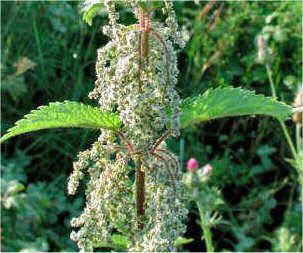 One possible way to naturally control plant pests is through natural chemicals. The use of liquids obtained from aromatic or culinary plants is one of the ways to tackle these enemies.
One possible way to naturally control plant pests is through natural chemicals. The use of liquids obtained from aromatic or culinary plants is one of the ways to tackle these enemies.
Nettle ( Urtica dioica ) contains rutin and hydroxytryptamine, two principles with natural insecticidal properties, but also contains thiamin and a number of acids that are insect repellents (caffeic, chlorogenic and linoleic acids) so that if we use these components can eliminate insects that harm plants or prevent them from approaching.Nettle disinfectant
To make the appropriate application we will carry out the following process:
- Make a decoction of a handful of dried nettle per 2 liters of water for 10 minutes.
- Introduce the resulting liquid in a bottle provided with spray.
- Fumigate seeds and sand before planting or in the stratification process .
Garlic disinfectant
Garlic ( Allium sativum ) is one of the most recognized plants with insecticidal properties. Its sulphurous principles, among them allicin and routine flavonoid , give it this property.
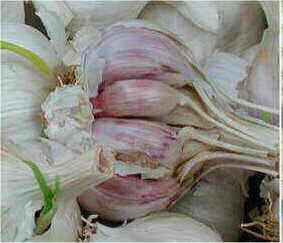 |
Garlic has been traditionally used to fight pests since ancient times when man did not yet know artificial insecticides. In horticulture, the technique of planting rows of garlic surrounding other greens or vegetables to protect them is well known .
Garlic treatment was a natural way to remove and control harmful insects. We can use this resource in our orchard or garden as a biological insecticide. For this we must carry out the following process:
- Make a decoction of 4 heads of garlic per liter of water.
- Put the resulting liquid in a spray bottle and spray the seeds
* Related information:
![]() More information on seeds
More information on seeds

